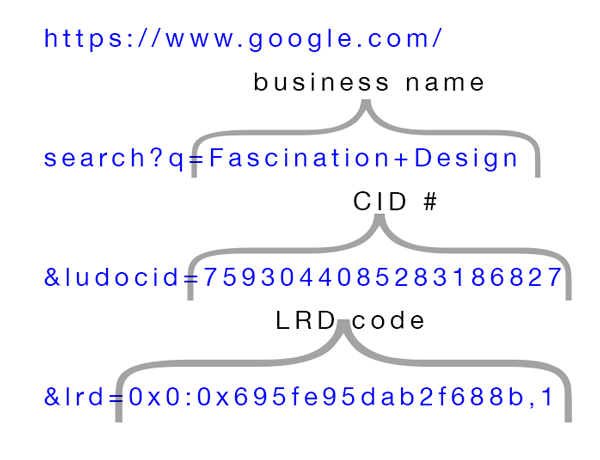SEO is one of the buzz words that business owners know and have heard can bring them business.
Yes, on some level what I do is search engine optimized. But SEO is affected by what you put into it. Not just money-wise but with things like content creation or regular site updates.
SEO can also go very depth with a/b testing and monitoring and analysis.
Content first:
Particularly with the smaller clients we tend to focus first on getting our client websites organized and prepped for easy content creation. Whether it’s an FAQ section, blogging about industry knowledge, or event summaries, there’s usually something that each business owner can confidently write about.
Basics built into the site development process:
Some of the basics built into our site development process include proper xml sitemaps, setting up proper schema.org microdata for things like addresses and events, and meta info for key pages.
These are just things we DO without even thinking about it anymore really. There may be even more that I’m not thinking of currently actually.
Beyond:
Beyond that an SEO plan is required tailored to the individual business goals.


